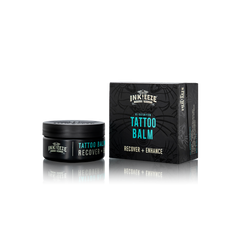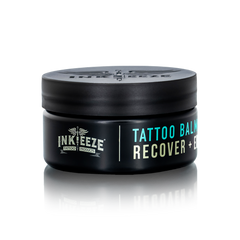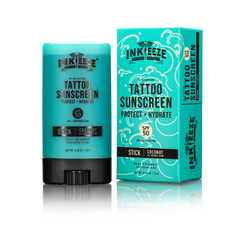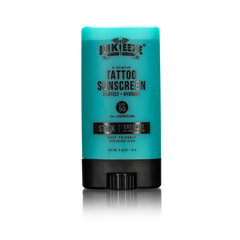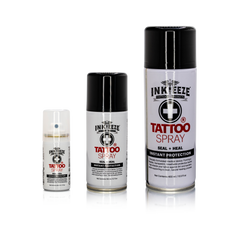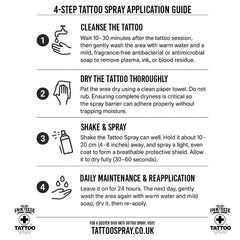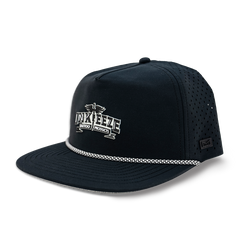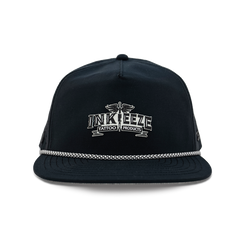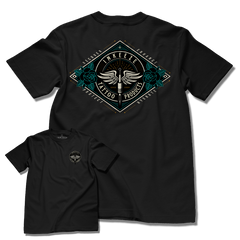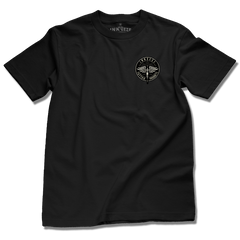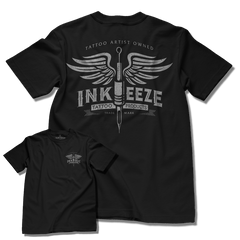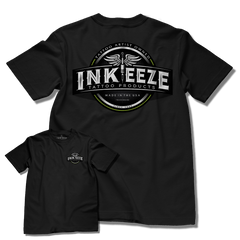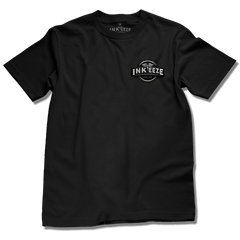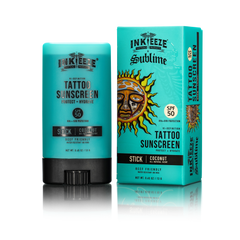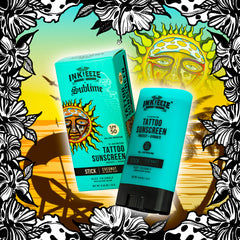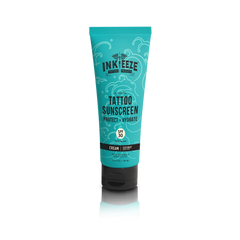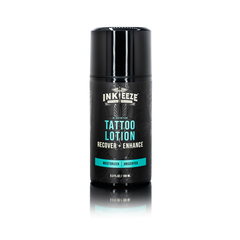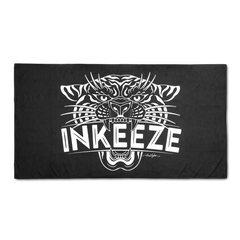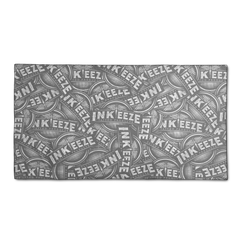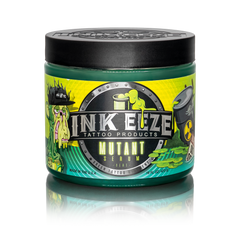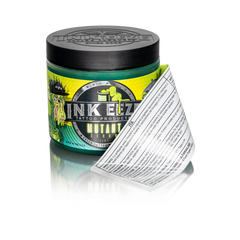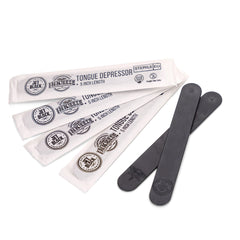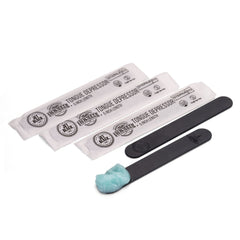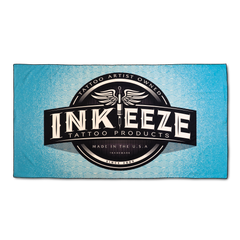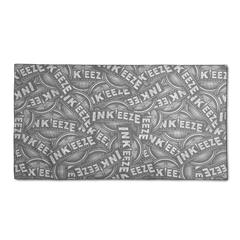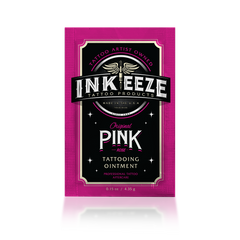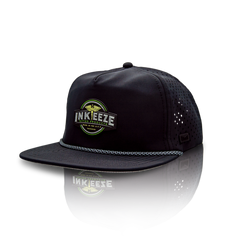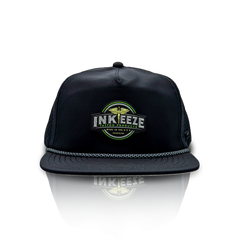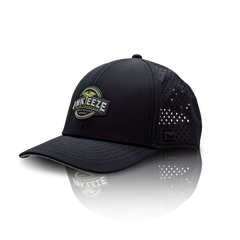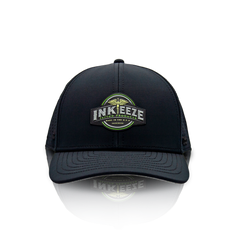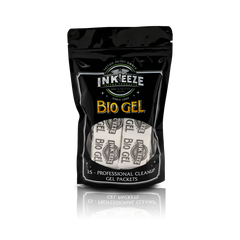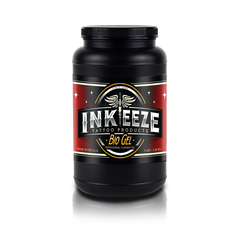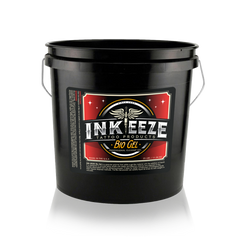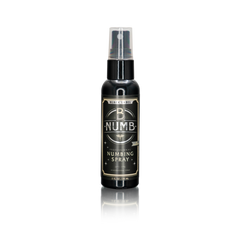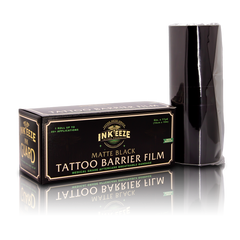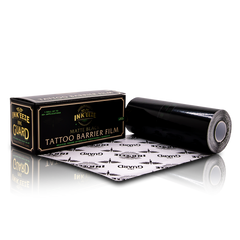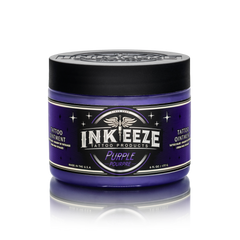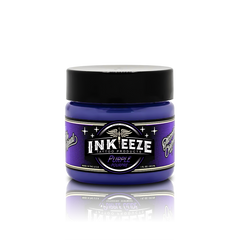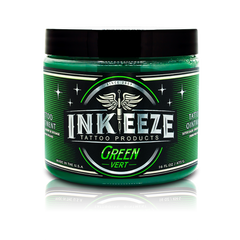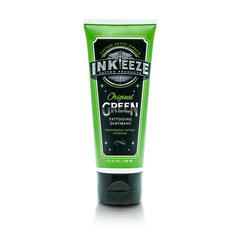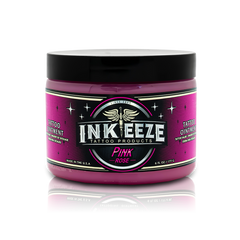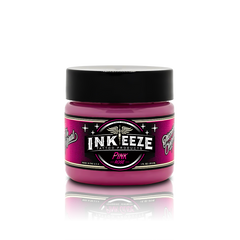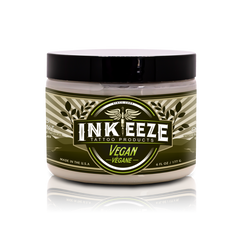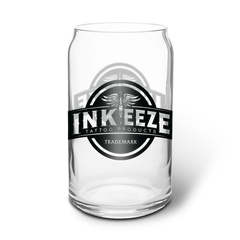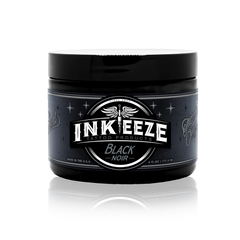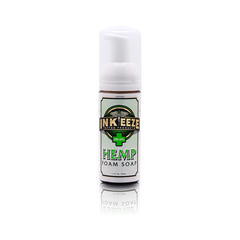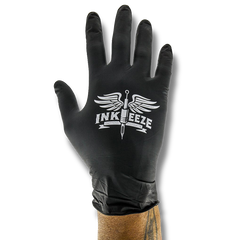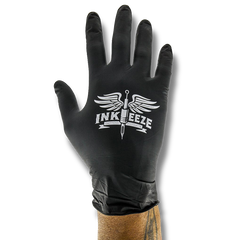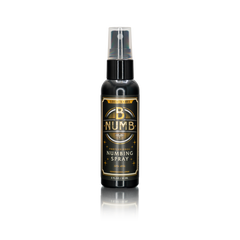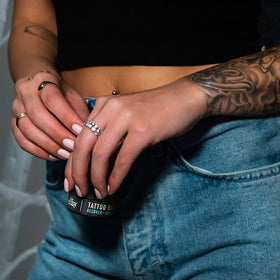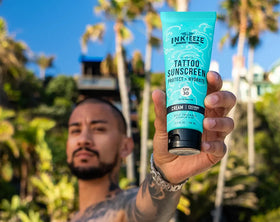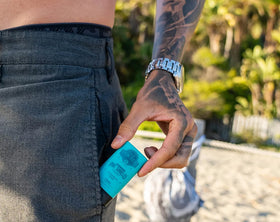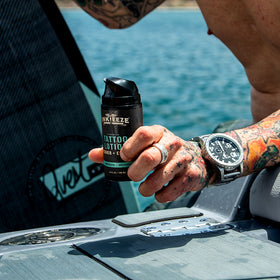While all bodies are beautiful, some people with visible scars struggle to feel confident or accepted. Scars and birthmarks are markers of who we are and what we have been through, but they may also hold negative meanings. Tattoo cover-ups have become a popular way to help with wounds, scars, birthmarks, and other imperfections on their bodies.
Tattooing has more than just a skin-deep impact on clients. It can allow someone to reclaim their individuality and be confident in their own skin, despite their past experiences. Healing these wounds not only heals the visible scars but also symbolizes the ending of a painful or traumatic journey, letting people move on emotionally and mentally.
Just like getting tattoos on any other body part, getting inked on scars or birthmarks has its pros and cons. Here is a quick guide to help you make the right decision.
The Popularity of Tattoos on Scars and Birthmarks Scar tattooing is the process of inking over a scar or keloid, and is a popular trend nowadays. Most people get these kinds of tattoos to hide blemishes. Tattooing may be a fantastic remedy for scars that can be difficult to deal with, especially if they're noticeable. Tattooing over a scar or keloid safely and aesthetically pleasing takes a lot of expertise and patience. If you intend to tattoo over a keloid or any other type of scar, you have to give it at least a year to heal completely. Otherwise, you risk injuring your skin again.
Most people have birthmarks that either disappear with age or remain on the skin indefinitely. These markings might take the form of hyperpigmentation on various regions of the skin. Some may want to hide their birthmarks because they feel self-conscious. A tattoo artist will have no issue covering it up if it is not susceptible to health issues.
Tattoos on Scars
Pros:
1. **Tattoos can cover up unwanted scars and boost confidence —** Tattooing can minimize or conceal scars and their implications. It can also restore lost confidence due to an unpleasant or traumatic event.
2. **Scar tattooing is cool, trendy, and stylish —** Talented tattoo artists can create fascinating tattoo patterns over unusual scars or keloid shapes. A moon-shaped keloid, for example, can inspire a night sky design.
Cons:
- Scar tattooing hurts quite a lot — The pain should be tolerable if you've already gotten tattooed before since you know what to expect. However, if this is your first time, there will be a lot of pain and discomfort during the procedure. Tattooing over scar tissue can be particularly painful, especially if the skin tissue is thin.
- **There is a risk of skin irritation or scar reopening — **When tattooing over hypertrophic scars that have not entirely recovered, considerable pain and discomfort may occur throughout the process. Keloid scars are thicker and seem like a swollen wound, and tattooing over a fresh or unhealed keloid scar might cause it to reopen.
Tattoos on Birthmarks
Pros:
- Tattoo designs are endless — All birthmarks are unique, and you can enhance their beauty with tattoos! Try blending the tattoo’s design and color with your birthmark’s appearance to achieve a striking result.
Cons:
- Medical professionals consider tattooing over birthmarks a health risk — Although birthmarks do not necessarily indicate the presence of melanoma — a type of cancer that develops beneath the skin — you should first visit a doctor or dermatologist before scheduling a tattoo session.
- Getting the desired tattoo color may be challenging — Since birthmarks are formed up of blood vessels, they usually have a red color. However, certain birthmarks can appear gray, brown, pale flesh, black, or even blue. The hue of your birthmark might have an impact on how the tattoo looks after the process. Colored tattoo inks may be a lot harder to achieve when tattooing over dark-colored birthmarks.
Tattoo Aftercare on Scars and Birthmarks
Tattoos on scars and birthmarks require delicate tattoo aftercare procedures. If you have a keloid scar, you’ll need to maintain your tattoo carefully to avoid causing additional injuries on your skin. The essential products in tattoo aftercare include a mild cleanser, moisturizer or ointment, and sunscreen (especially when hanging out outdoors).
To clean the tattooed area, rinse with lukewarm water and mild cleanser. Avoid rubbing hard, so you don’t damage your tattoo. Pat dry or air dry the cleaned area and apply moisturizer or ointment afterward. When you plan to go outside, be sure to apply a trusted tattoo sunscreen to protect your tattoo from the harmful UV rays that can affect or lighten your tattoo ink.

